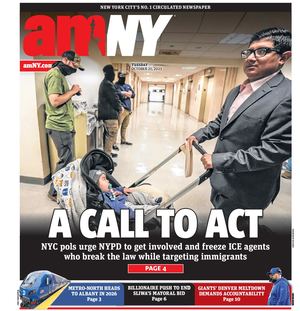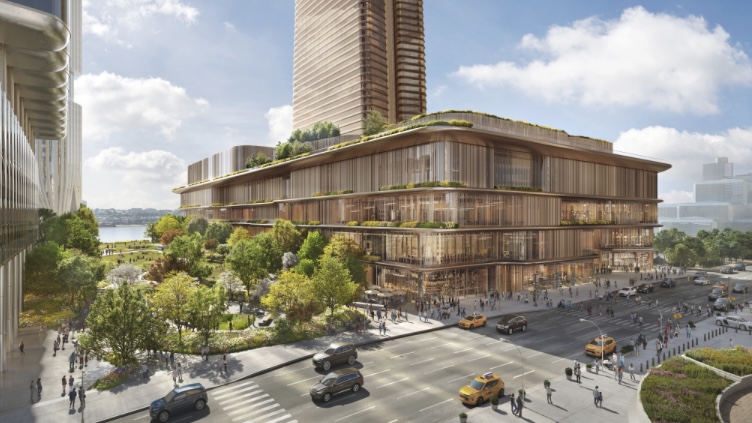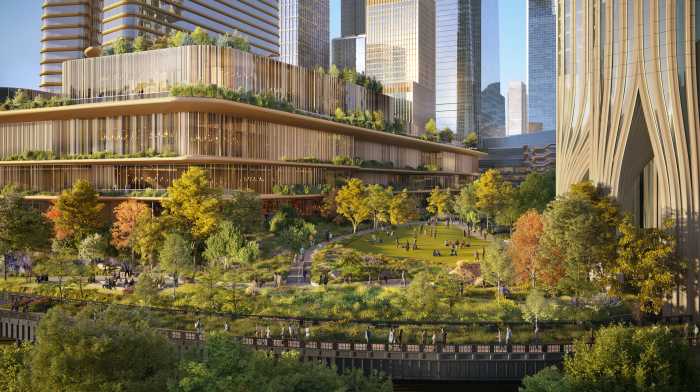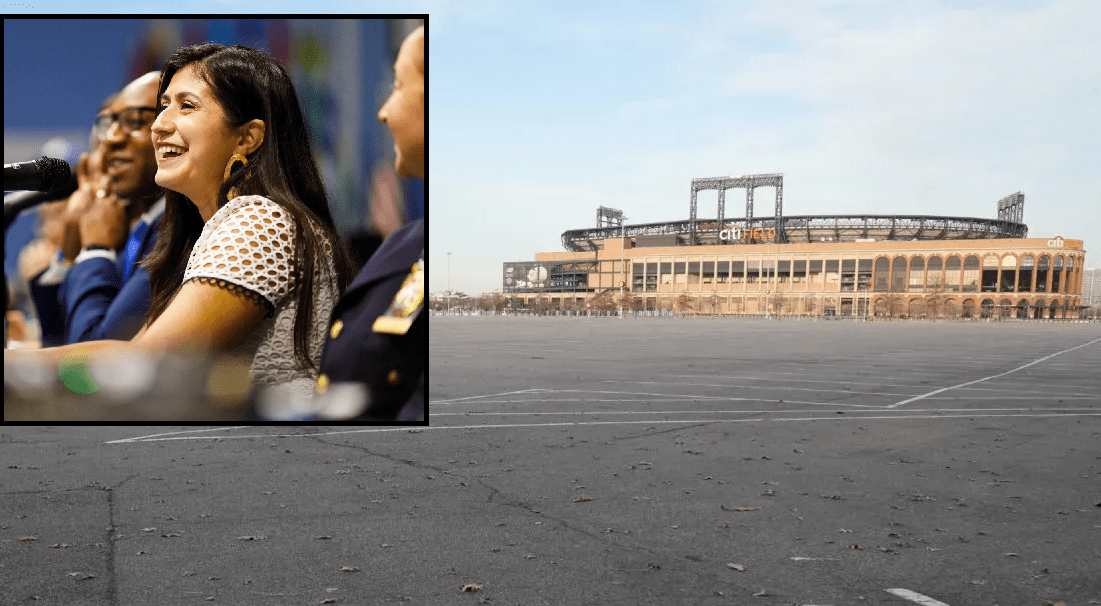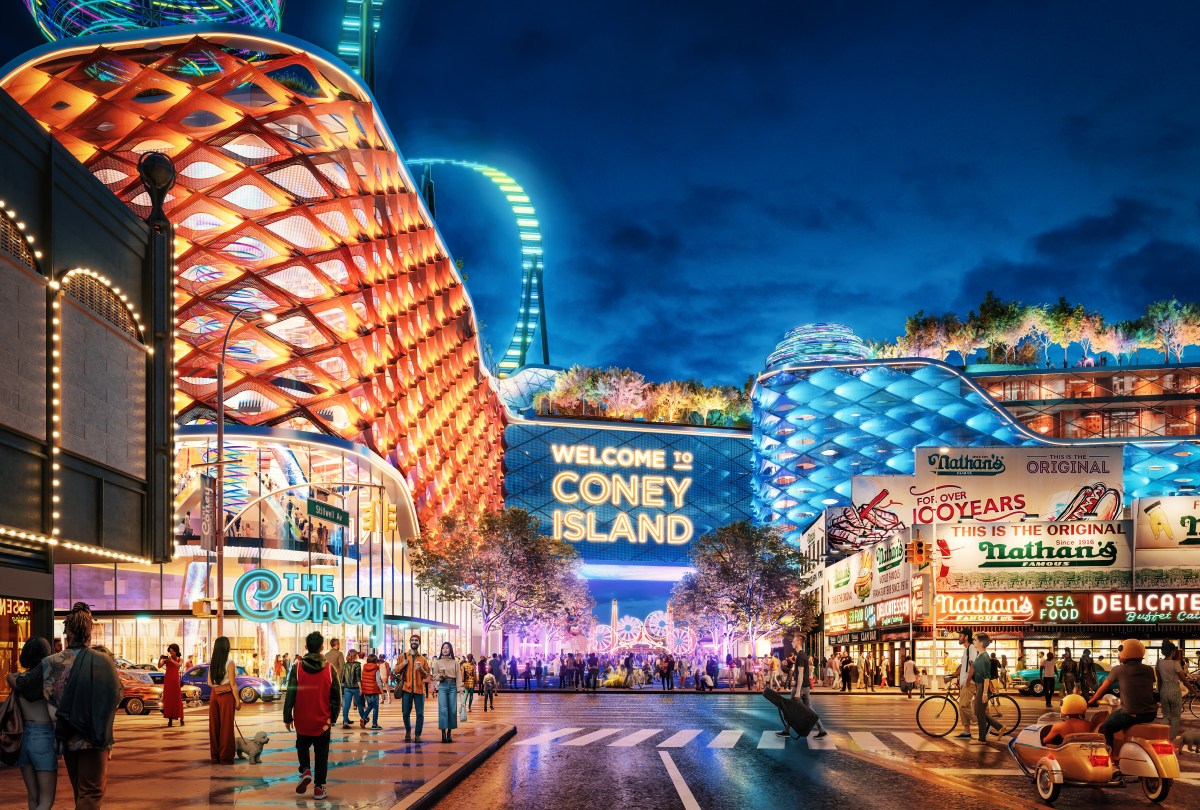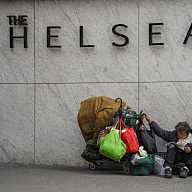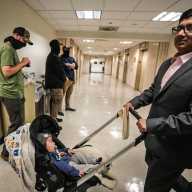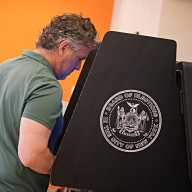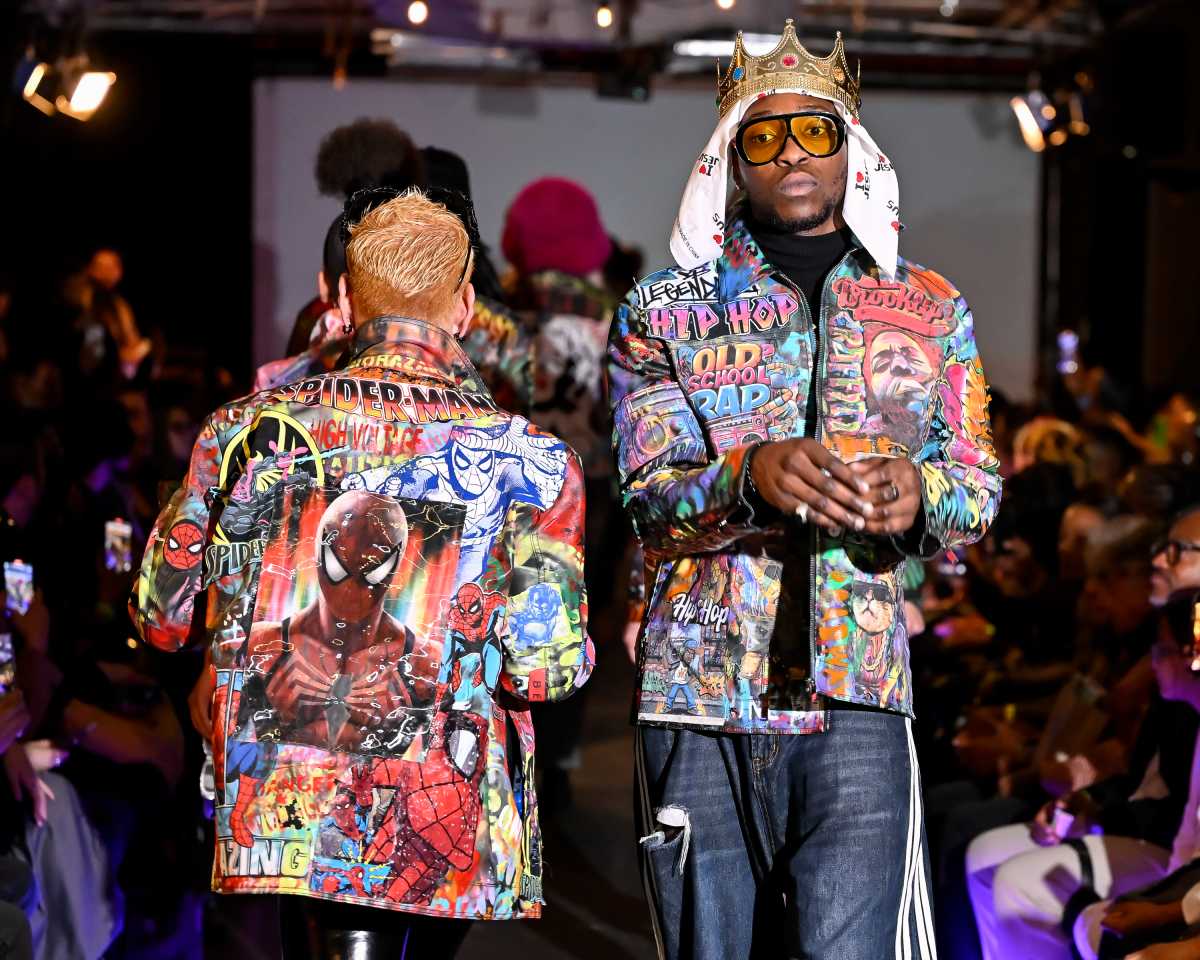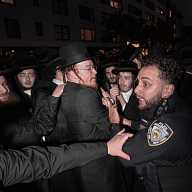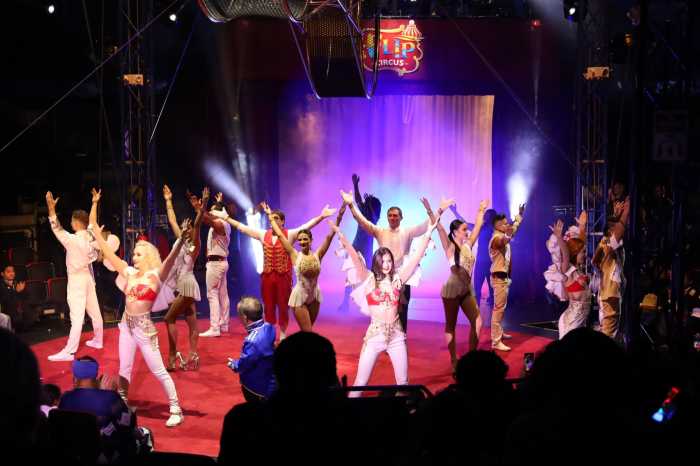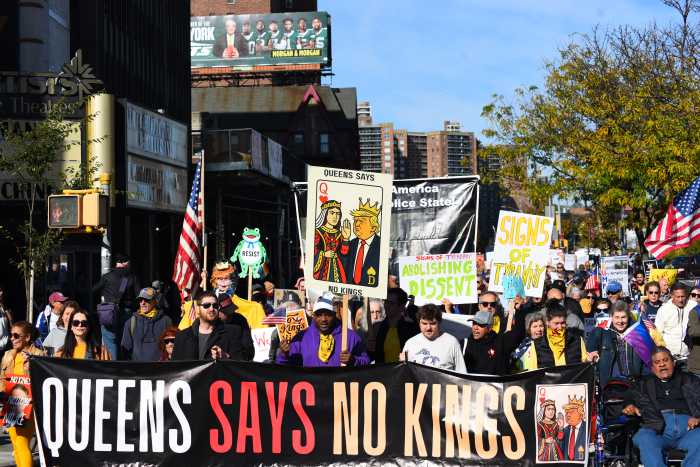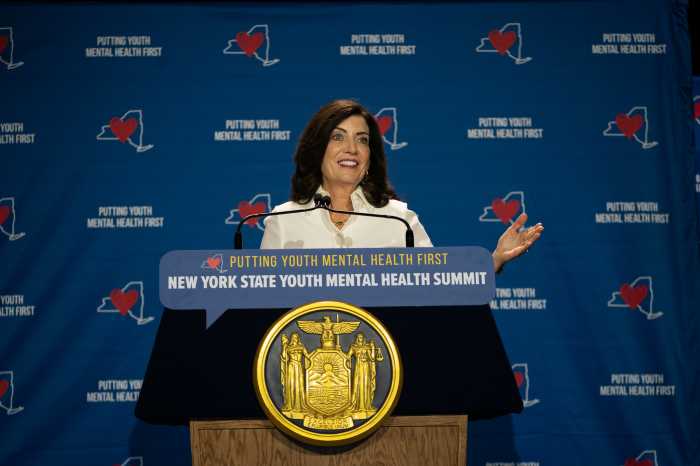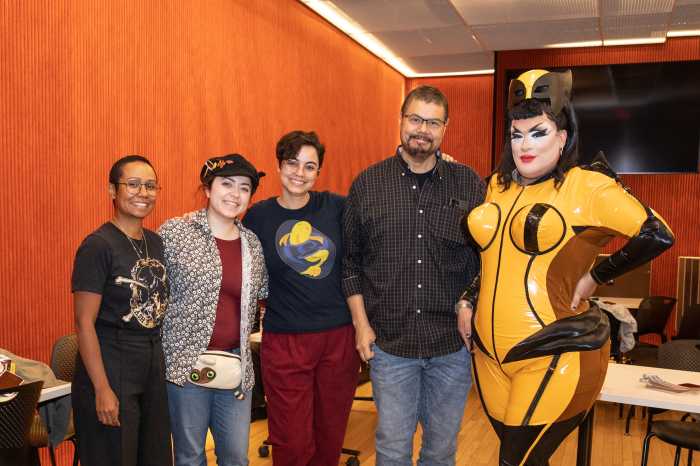As the New Orleans Mayor who brought the first land-based casino to the state of Louisiana, I know first-hand the opportunities–and the obstacles–of trying to bring gaming to an urban environment. That’s why I’m increasingly concerned to see the weakest arguments against development in New York City deployed against enormous economic opportunity for the city and state.
Top gaming operators are currently vying for three downstate casino licenses the state announced last year. Not surprisingly, opposition has been lining up to a number of projects before a single proposal has even been submitted. My sincere hope is that the decisionmakers allow the process to play out with integrity and give all proposals a fair hearing.
The criteria for a winning bid should boil down to three key questions — who can deliver the most tax revenue, the most jobs, and the most benefits with the least disruption to their communities?
It’s likely two of the licenses will go to operators in Queens and Yonkers where dealer-less “racinos” can easily be built out. That leaves one additional license and I’m a strong supporter of bringing it to Manhattan. The borough is an enormous draw for tourists, is easily accessible for workers and will provide the largest economic return. This was one of the main arguments for bringing a casino to my city of New Orleans. Today, that casino contributes $260 million a year to the state’s coffers and supports nearly 2,000 jobs.
A Manhattan casino would be an even bigger draw, and there is one proposal in particular that stands out. Related-Wynn’s proposal to redevelop the far Western Rail Yards is committed to creating 35,000 construction jobs and 5,000 permanent union jobs for locals in the resort, a significant boon to two industries—construction and hospitality—that have seen hiring declines over the past five years. Our challenge –and their commitment– is to make sure people from every community have access to these jobs –include Black, brown and women-owned businesses.
The resort will be the catalyst for other improvements that benefit the neighborhood’s growth and transition. This includes a large new public park, a public school and more than 300 units of affordable housing. As with most debates over big, public projects, some powerful people often get to have the loudest voices. They include supporters of a beautiful public park along the Hudson River who are worried that visitors’ views will be interrupted by the rail yards development. It would be unwise to let those concerns stand in the way of much-needed economic development that would benefit underserved communities. They need those jobs, that school, that park, and the services the tax revenues will provide. These are people who rarely have the power to influence these debates but have the most to lose if this project doesn’t happen.
Certainly, no project is set in stone and community stakeholders must have an opportunity to weigh in and demand changes for the better. Indeed, Wynn and Related have already made changes based on community feedback and are certain to make more as they engage with additional community members. As all of this plays out, we must keep in mind what is in the best interests of all New Yorkers, and that should not be decided by a privileged few.
Marc Morial is President and CEO of the National Urban League, the nation’s largest civil rights and urban advocacy organization. He was New Orleans’ mayor from 1994 to 2002.
Read More: https://www.amny.com/oped/
